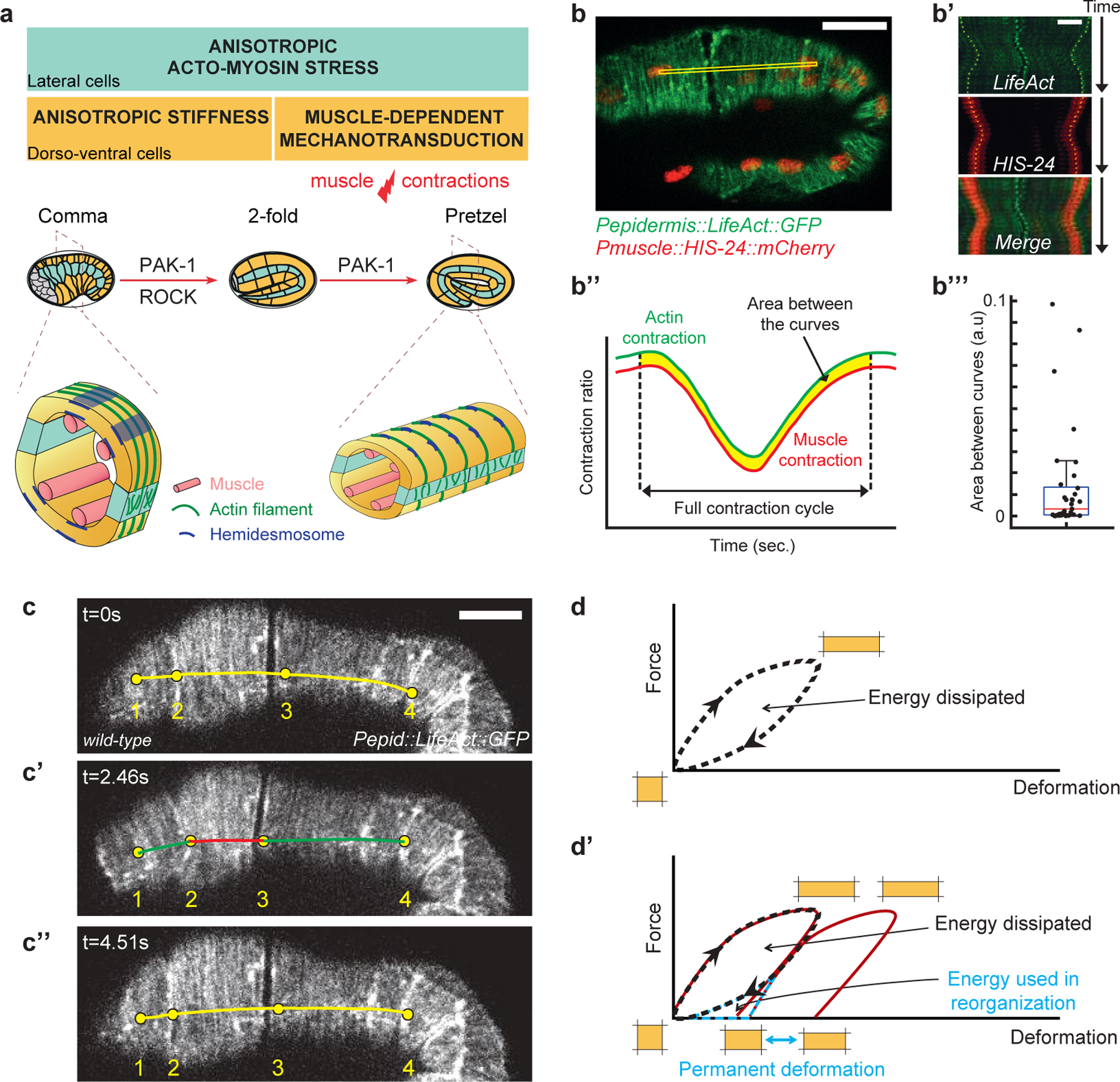Figure 1: Muscle contractions deform the epidermis to their mechanical coupling.

(a) C. elegans embryonic elongation from comma to 2-fold stages depends on a ROCK-promoted actomyosin force in seam cells (cyan) and actin-promoted stiffness in dorso-ventral cells (orange); elongation beyond the 2-fold stage requires repeated muscle contractions (red flash), which induce a PAK-1-dependent mechano-transduction pathway. Open cross-sections (bottom) show muscle positions. (b-b’’’) Epidermis actin filament (green) and muscle nucleus (red) tracking in a wild-type 2-fold embryo. (b’) Kymographs from the yellow rectangle area (b) showing the concurrent displacement of epidermal actin and muscle nuclei. (b’’) Resulting displacement curves; (b’’’) quantification of the area between them; its low value underlines the tight mechanical coupling between both tissues. Scale bar, 10 μm. (c-c’’) A muscle contraction/relaxation cycle illustrating its local impact on epidermal actin filaments in a wild-type 2-fold embryo (timing in left corner). Yellow (relaxation), red (compression) green (stretching) distances between landmarks denoted 1–4: (c) [1–2], 7.8 μm; [2–3], 19.8 μm; [3–4], 24.6 μm. (c’) [1–2], 9.4 μm; [2–3], 13.6 μm; [3–4], 26.2 μm. (c’’) [1–2], 8.0 μm; [2–3], 19.2 μm; [3–4], 25.0 μm. In (b-c) the Pepidermis promoter is Pdpy-7. (d) Hysteresis graph of an idealized elastic material returning to its initial shape after deformation (top), or showing permanent deformation30 (bottom).
